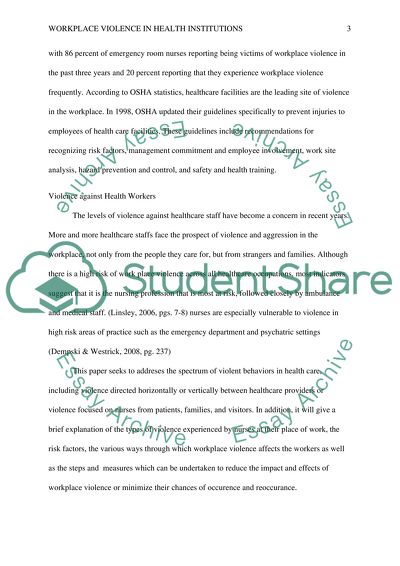Cite this document
(“Workplace Violence in Health Institutions Term Paper”, n.d.)
Retrieved from https://studentshare.org/nursing/1435027-violence-in-the-workplace
Retrieved from https://studentshare.org/nursing/1435027-violence-in-the-workplace
(Workplace Violence in Health Institutions Term Paper)
https://studentshare.org/nursing/1435027-violence-in-the-workplace.
https://studentshare.org/nursing/1435027-violence-in-the-workplace.
“Workplace Violence in Health Institutions Term Paper”, n.d. https://studentshare.org/nursing/1435027-violence-in-the-workplace.


